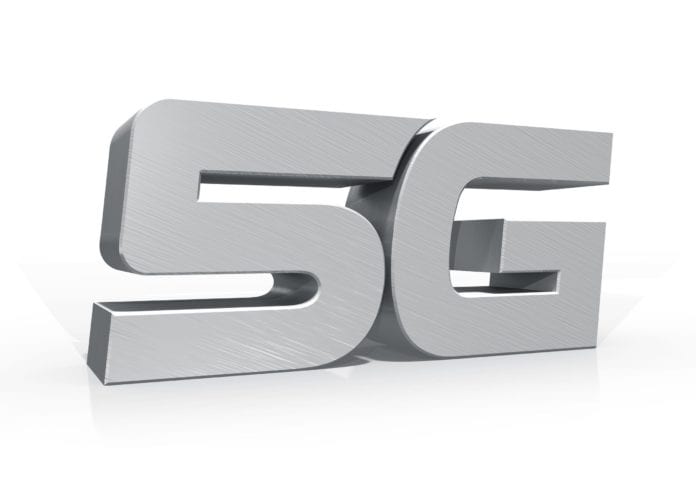Rohde & Schwarz has introduced a new testing platform designed to test the emerging 5G New Radio specification in frequencies below 6 GHz.
Millimeter-wave spectrum often garners the bulk of attention because of the large amounts of spectrum available at high frequencies. But 5G NR is also expected to be deployed at frequencies below 6 GHz. T-Mobile US, for instance, has talked up its plans to use its large holdings at 600 MHz to deploy a nationwide 5G network; the carrier has said that the 600 MHz equipment it is deploying is “5G-ready.” The C-band at 3.5 GHz is also expected to be a popular 5G frequency, according to ABI Research.
“While the use of mmWave is one of the most distinguishing features of 5G, in the near term the C-Band is emerging with the most global consensus for the timely launch of commercial 5G network in 2019,” ABI Research concluded. “Many of the lab and field 5G trials conducted by industry participants have focused on higher frequencies, but based on the recent regulatory announcements by about 20 countries, the C-band is the most common spectrum range identified for 5G.”
“The evolution to 5G networks will employ a wider range of spectrum bands. Utilizing spectrum bands below 6 GHz is the decisive aspect of enabling deployments with reliable network coverage,” said Anton Messmer, VP for mobile radio testers at Rohde & Schwarz, who added that the new tester “will help accelerate the 5G ecosystem.”
The new version of R&S’s CMW 100 platform supports a measurement bandwidth of 160 MHz designed for testing initial 5G New Radio devices that operate in frequencies below 6 GHz; Rohde notes that the Third Generation Partnership Project is discussing a “maximum bandwidth per component carrier of 100 MHz” for sub-6 GHz 5G NR. The company emphasized the platform’s speed in making measurements as well as its broad capabilities: the new CMW100 also tests LTE, Wi-Fi and Bluetooth capabilities along with 5G NR below 6 GHz, so it will be able to test a wide range of devices in mass production, Rohde & Schwarz said.
As far as a continuing 5G NR testing technology roadmap, R&S said that it plans to have dedicated vector signal analysis and generator software options that support 5G NR below 6 GHz available in in 2018.
Image copyright: efks / 123RF Stock Photo

